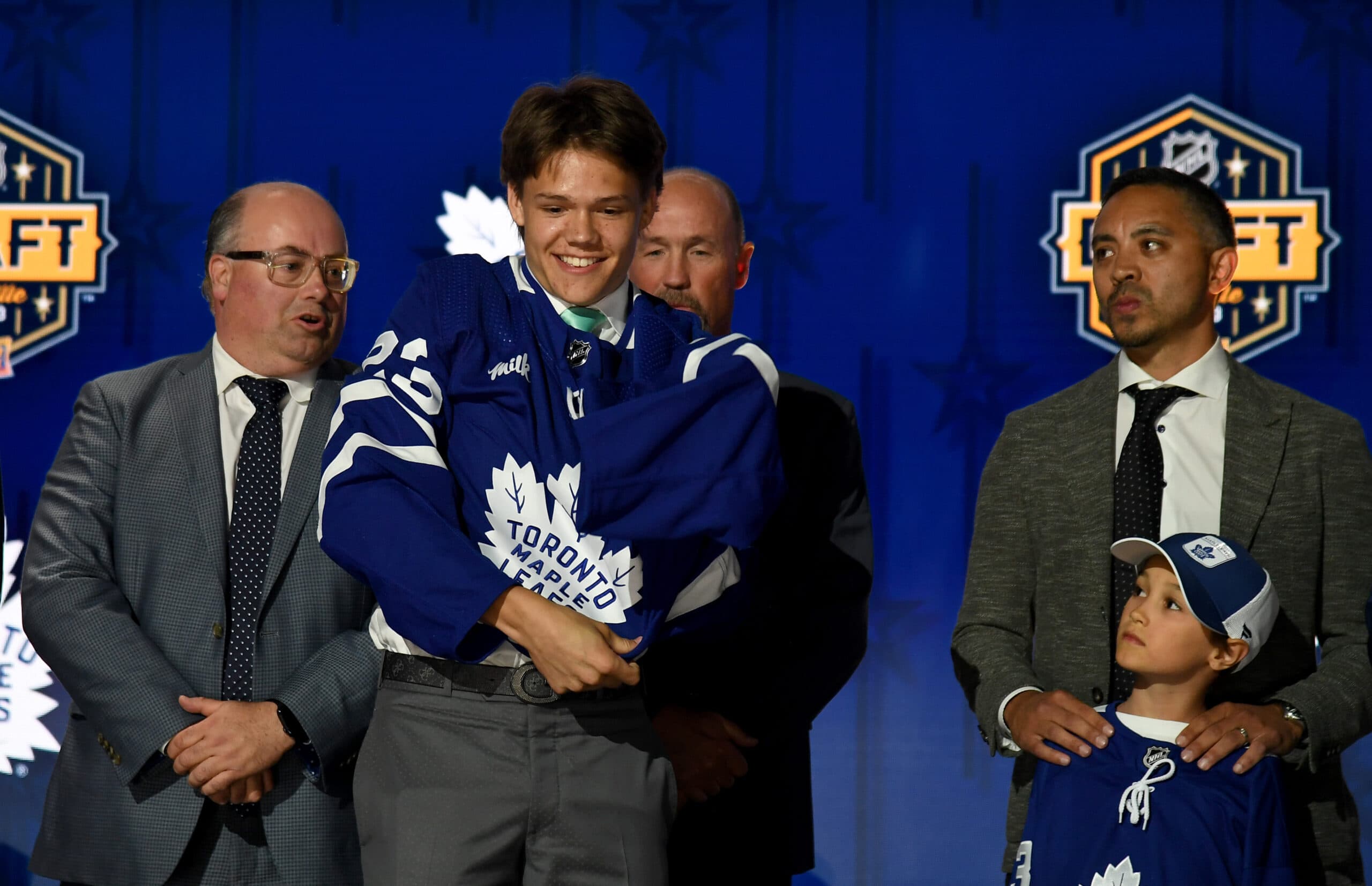If the Leafs trade Marner, stockpiling draft picks isn’t the way to go
Photo credit: © Christopher Hanewinckel-USA TODAY Sports
By Jon Steitzer
4 months ago
Recent articles from Jon Steitzer
Breaking News
- Mats Sundin dishes on his book, the captaincy switch, and challenges of playing for Maple Leafs
- John Tavares featured in Lululemon’s new campaign with Fanatics
- NHL Betting Preview (Oct. 22): Maple Leafs vs. Blue Jackets Odds
- Mats Sundin compares Craig Berube to Pat Quinn & Pat Burns: Leafs Morning Take
- Maple Leafs’ Oliver Ekman-Larsson fined $5,000 for interference on Jake Guentzel
